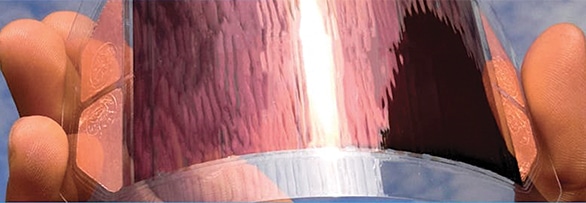Slim and flexible, these batteries are a technological breakthrough. Just a millimetre thick, and able to bend without compromising their structure, these are perfect for tight-fitting applications where standard batteries are unsuitable.

Thin, printed batteries represent a revolutionary advancement in battery technology, characterised by their remarkably slim profiles—often just a millimetre thick. This minimal thickness is achieved through a specialised printing process where all essential components, including electrodes and electrolytes, are deposited onto a flexible substrate. The choice of materials, typically acid-based solutions like zinc-carbon, is critical as these are not only conducive to the printing process but also effective in thin-layer applications.
The flexibility of these batteries is derived primarily from two factors: the thinness of the cells and the pliability of the substrate onto which they are printed. This combination ensures that the batteries can bend and flex without compromising their structural integrity or performance. This makes them ideal for applications where traditional rigid batteries would not be feasible.
On the other hand, bulkier flexible batteries take a different approach by modifying traditional components to enhance flexibility. This often involves adapting the electrolyte, electrode, and packaging materials. For example, using a semi-solid or solid-state electrolyte within a flexible lattice structure helps maintain ion flow while allowing the battery to bend. Packaging innovations, such as pre-crumpling, are crucial for improving durability during flexion, reducing potential damage by pre-stressing the material.
Electrode and Electrolyte Innovations
The choice of electrode for a flexible battery is primarily determined by the chemistry utilised. These batteries often use printed electrodes made from materials such as carbon and primary lithium-based compounds, the latter used for non-rechargeable purposes. The printing process deposits these materials directly onto flexible substrates, enhancing the battery’s overall flexibility due to its thinness.







